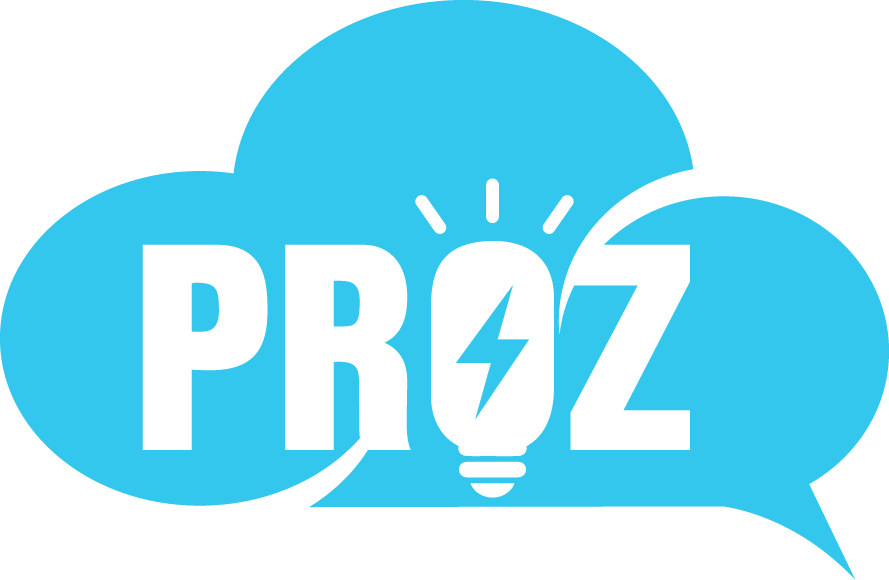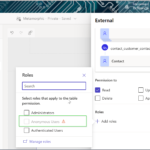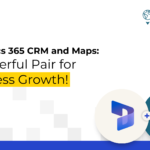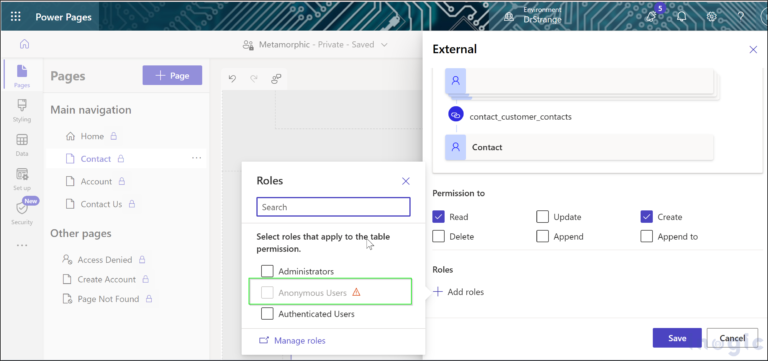Sales route planning is critical to a sound sales strategy. If you do it right, you’ll reap the rewards of connecting your sales reps to high-value opportunities at the right time.
This can be a complex process. But with planning and the right technology, sales teams can get the most out of every day in the field. Here’s everything you need to know to get started.
What you’ll learn:
Deliver sales plans that perform and adapt
Learn how Sales Planning helps you optimize for customer coverage, and gives you the flexibility to handle change.


What is sales route planning?
At its simplest, sales route planning is the process of finding the most efficient way for sellers to get from Prospect A to Prospect B. But there’s a more complex layer to it; sales route planning is also about prioritizing which prospects to connect with first, based on their potential sales or business value.
What are the benefits of sales route planning?
Sales reps face many of the same challenges across industries. Making the most of sales time tops the list, as reps spend only 28% of their time on selling activities, according to our State of Sales report. Sales route planning is part of the solution; it ensures reps spend minimal time commuting and the most time possible in front of prospects.
There’s a technology piece to this, too. Effective sales route planning tools can comb through your customer data and map routes that will give you the biggest return on your time investment. Without this, the mapping is painfully manual, time-consuming, and prone to human error.
Trending Articles

3 Ways Generative AI Will Help Marketers Connect With Customers
3 min read

Learn AI Skills on Trailhead
6 min read
How do I create and optimize my route?
To create your sales route, it all starts with technology designed for the task at hand. Although you can use Google spreadsheets and maps for basic route planning to get you from point A to point B, that’s a manual process limited to readily available data points.
There’s a better way. Let’s break down how you can optimize your route with intelligent route planning software:
1. Onboard sales route mapping software
The right sales route planning software integrates seamlessly with your sales data and automatically plans your routes based on priorities you set — account value, likelihood to close, or other criteria. It weaves in sales goals and customer data, along with complex schedules, multiple stops, and strict timeframes, to ensure you hit quota. In addition, it helps you spot new opportunities and avoid problems by delivering insights in real-time.
2. Map your customer locations
With the right technology onboarded, start mapping out high-priority accounts. When you know where all of your customer, prospect, and competitor accounts are, you can reveal patterns like customer clusters, competitor hotspots, and undeveloped areas. It can show you where new opportunities lie, while also revealing customers due for upgrades.
3. Plan around your best opportunities first
In a perfect world, you’d be able to sell to every interested prospect. But you have limited time, so you need to identify your best opportunities and go after those first. AI-driven insights from Sales AI will help you prioritize your most critical deals based on criteria you set (like deal amount or engagement level).
4. Anticipate schedule changes and plan for new routes
You’ve got your priority list in mind, but be sure to build some flexibility into your schedule before you hit the road. You could easily adapt to unexpected cancellations or other changes to maximize the impact of your field time. For example, if a customer schedules a morning appointment and needs to reschedule, intelligent routing software can adjust to accommodate. Similarly, if a rep realizes spending a little more time with a particular customer is likely to result in a big opportunity, the rep can quickly adjust the rest of the day’s schedule to accommodate the extra time.
5. Record notes in your CRM after making the rounds
Record notes in your CRM from the field after each client or prospect engagement. This saves you time and ensures records are kept current for your whole sales team. It also helps you identify trends and patterns that will inform future routes.
Spotlight: Michelin
Tire manufacturer Michelin operates in a saturated market with ever-increasing competition. For sales reps in the field, this has meant canceled meetings, unplanned downtime, and lots of frustration. It doesn’t help that they have had to rely on back-office support for route planning and adjustments. As a result, Michelin saw double-digit turnover in its sales staff and new reps who were unfamiliar with their territories.
With intelligent sales route planning from Salesforce Maps, however, Michelin streamlined route planning and empowered reps to update and optimize their own routes from the field. With mapping technology integrated with business insights, they could visualize competitor and market data to maximize their territories. This led to a 20% reduction in unplanned downtime, additional customer visits every day, and an increase in new pipeline growth. Read the whole story.
What sales route planning software features do I need?
The best route-planning software for any organization depends on your business needs. Start by listing your team’s primary challenges, and carve out your wish list of features from there.
Here are some baseline features we recommend:
Route mapping based on capacity, priority, and geography
Sales mapping software that integrates with your CRM lets you visualize your customers on a map. But it should do a lot more than that: It should help you understand where to allocate resources so you can ensure the right reps are in the right place at the right time.
For example, let’s say two reps are assigned to similar routes based on capacity and driving time. However, each of these reps specializes in a different type of client industry. Intelligent sales routing software can help you create optimized routes that put the reps with the right knowledge in meetings with the right clients. As a result, it can lead to better client service and increased revenue.
Real-time updates
The right software will find the most efficient route between multiple locations, but also adapts to meet the moment. The software you choose should be able to update routes and schedules based on extended client meetings, added clients, and field obstacles like traffic.
Manager reports
Intelligent routing software also provides a holistic view of field sales performance to drive decision-making and keep reps accountable. Managers can track how visits are contributing to the sales pipeline and overall business goals, automate mileage logging, and gain visibility over field rep activities. Consequently, they can do this while spending less time generating reports.
Automated logging
If you want to spend more time with prospects, onboard a tool that automates manual record updates, including mileage logging and call-preparation checklist updates. When multiplied over the course of a month or year, this can lead to a significant time freed up for client engagement, improving customer experiences and opening the door to more done deals. This directly benefits your bottom line.
Combined with territory mapping, this software also helps balance rep schedules for equitable workloads and opportunities. This helps you retain top talent, serve customers effectively, and make the most of your team’s time in the field.
Get articles selected just for you, in your inbox
What are the benefits of route planning software?
Intelligent route planning software makes it easy to address field teams’ challenges by enabling them to identify, understand, and navigate their most impactful opportunities.
- Adaptability: Intelligent route planning software helps reps and managers build smart visit plans to manage complex route planning. It accounts for multiple stops, fixed windows of time for meetings and appointments, heavy traffic times, and even weather delays. At the same time, it plans optimal routes to avoid schedule gaps, reduces unplanned downtime, and guides reps in quickly adapting to unpredictable driving conditions.
- Increased productivity: Efficient route planning software unlocks productivity and sales revenue, while helping to reduce transportation costs. With a full understanding of territories and market dynamics, reps can focus on uncovering opportunities in high-value areas and aligning their activities with ongoing marketing campaigns — at scale. It also handles call and note logging so reps can focus. onselling.
- Alignment: With data updated in real-time, everyone from the C-suite to the manager has visibility into field sales performance, and can adjust strategies quickly to meet the moment.
Get started with sales route planning
The right sales route planning approach ensures sales teams in the field are operating at maximum efficiency doing what they do best — engaging with customers.
Find the fastest route to sales productivity and success
See how Salesforce Maps helps you view CRM data on a map and optimize time in the field with real-time insights.














